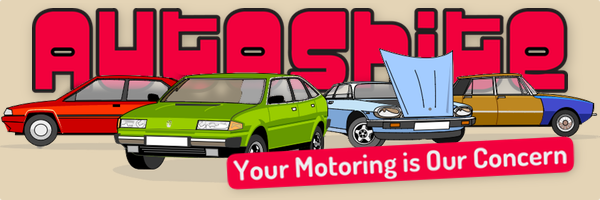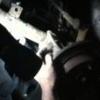Garage Diary : Sunbeam Motorcycle resto's..
-
Similar Content
-
- 151 replies
- 11,299 views
-
Motorcycle mecca invercargill nz
By hairnet,
- 3 replies
- 296 views
-
- 562 replies
- 50,007 views
-
- 706 replies
- 91,657 views
-
- 128 replies
- 10,246 views
-






Recommended Posts
Create an account or sign in to comment
You need to be a member in order to leave a comment
Create an account
Sign up for a new account in our community. It's easy!
Register a new accountSign in
Already have an account? Sign in here.
Sign In Now